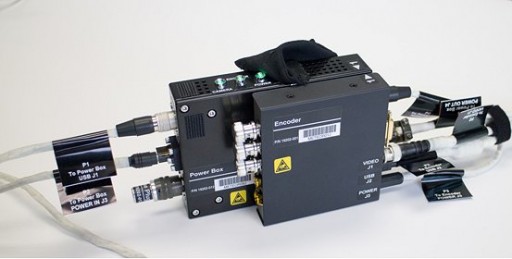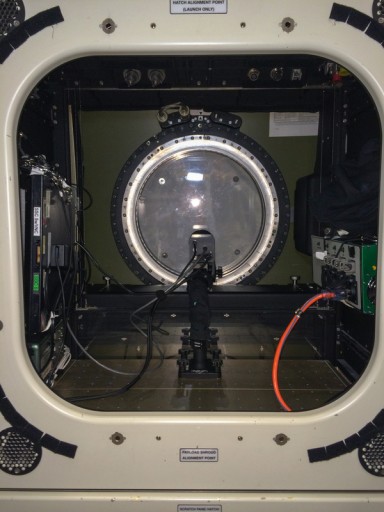Meteor

The original Meteor hardware was expected to arrive aboard the International Space Station in October 2014 on the Cygnus Orb-3 resupply craft that unfortunately was lost in a launch failure of its Antares launch vehicle just seconds after lifting off. Re-flight hardware, using an already existing spare, began assembly shortly after the failure given the scientific return expected from this interesting study. Unfortunately, the re-flight of the experiment also ended in failure when the Falcon 9 rocket carrying the Dragon SpX-7 cargo craft disintegrated shortly after liftoff.
The Meteor study, going by the full name of ‘Meteor Composition Determination,’ is the first of its kind to be deployed in space, solely focused on the analysis of meteors entering Earth’s atmosphere and pin-pointing their composition through their optical emissions when burning up in the atmosphere. Meteor research from Earth is next to impossible due to the frequency of meteor events over any given location and the interference created by Earth’s atmosphere (ozone absorption). On ISS, however, crews can spot meteors every couple of days, making it a suitable platform to test out equipment for the study of meteors.

The Meteor payload consists of high-resolution imagery and video equipment that will capture images and video of Earth’s atmosphere that is processed by a software to identify bright spots. These meteor events can then be analyzed spectrographically. Created spectra can be compared to known synthetic spectra to identify element abundances and temperatures. It is hoped that Meteor can deliver valuable data on absolute meteor flux and provide information on carbon-based compounds in meteors.
Meteor is a high-resolution spectrographic imager that will operate for two years inside the Window Observation Facility to create a continuous record of meteor activity. The camera is outfitted with an infrared cut filter and only looks at visible wavelengths up to 700 nanometers which is sufficient to conduct spectral analysis and determine a meteor’s elemental composition. Major emission lines that will be looked at include iron (370nm), calcium (393nm), magnesium (518nm) and sodium (589nm). Although the Window Observation Facility window has a limited transmittance at the 370nm wavelength (~21%), measurements of that line will still be useful for the study.
For many meteor shower events, the parent comet or asteroid is known, enabling this experiment to deliver data on cometary composition which is of great interest to scientists. Additionally, the instrument sets out to obtain measurements outside of the peak of major meteor showers to look at the frequency of meteor events in general. Secondary studies of terrestrial targets and re-entering spacecraft will also be performed.
